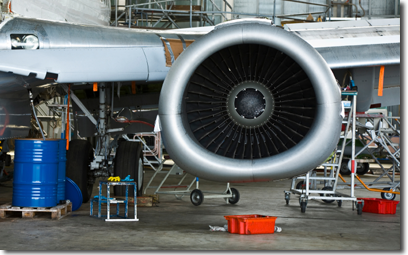Flow meters for aviation hydraulic fluids

Wide-range, low-flow to high-flow meters simplify the extensive aviation hydraulic test process The use of hydraulic systems in aviation applications is wide spread. Fluid power is used throughout the airframe from hydraulic pumps, motors, cylinders and actuators to operate wheel brakes, nose wheel steering, landing gear, flaps and slats, flight controls, stairs and cargo doors. For performance and safety reasons, aviation hydraulic applications use special hydraulic fluids that remain stable at high temperatures and have a high level of fire resistance. To meet these specialized conditions phosphate ester based fluids are used in place of the more typical, mineral oil based hydraulic fluids. Common fluids are Skydrol®, Fyrque®, and HyJet®. Aviation hydraulic components undergo extensive inspection and testing during manufacturing, and in-place on the airframe. These tests include high accuracy, low flow rate measurements to determine if component leakage is within specifications, as well as high flow rate measurements to prove out the maximum flow performance of a component. A very thorough inspection of a plane, also known as a C Check, is done every 15 to 21 months or at certain flight hour intervals. During this maintenance check pretty much the whole aircraft is inspected. Such an extensive process will put a plane out of service for 1 to 2 weeks. Having precise flow measurement tools makes the whole process simpler and more accurate. |
